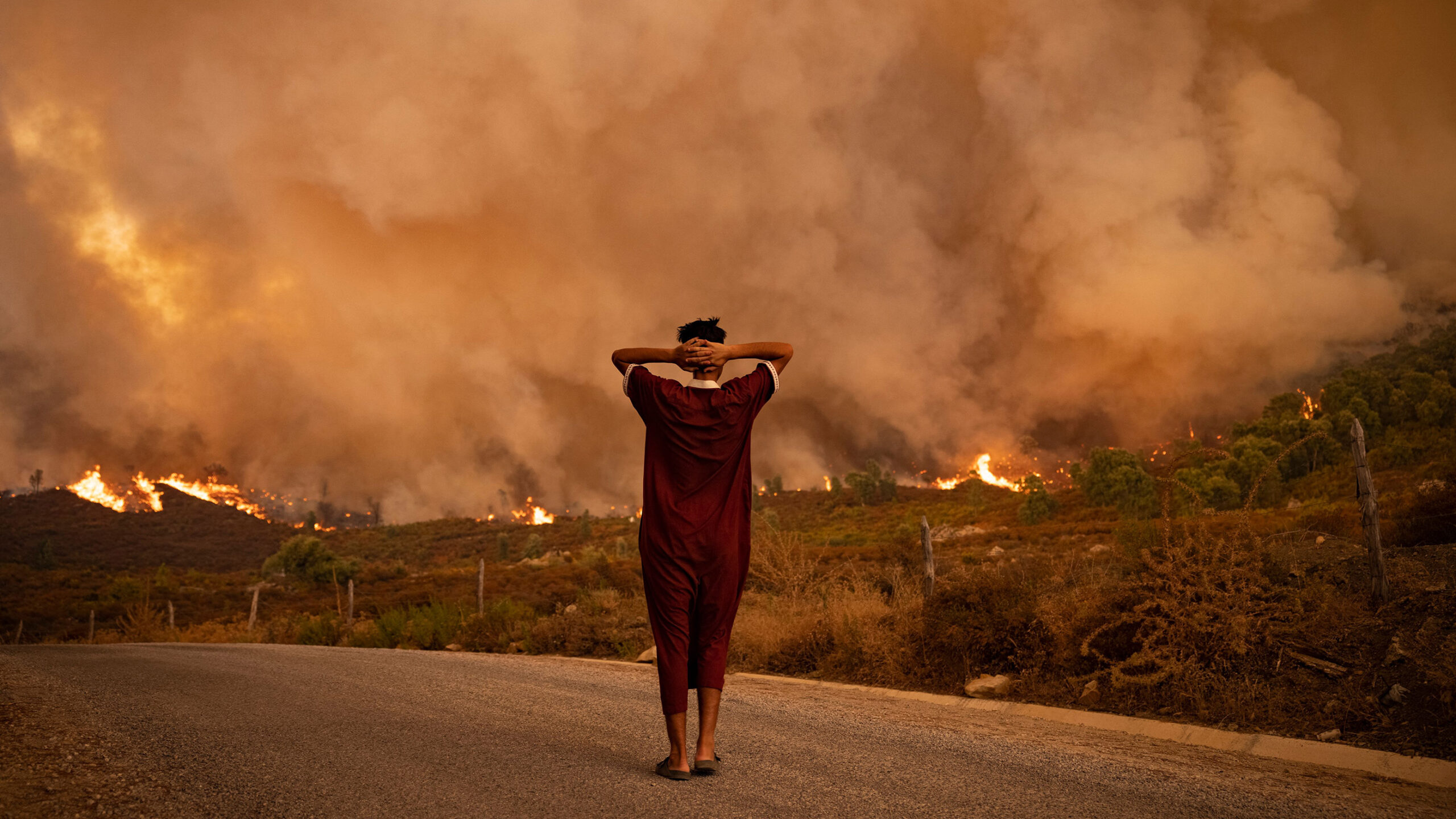As the Earth’s temperature continues to rise, the potential for damage to our environment and our health increases. Here are some possible effects of climate change:
Droughts and heat waves
Droughts and heat waves are becoming more common as the Earth’s temperature rises. These extreme weather events can have devastating impacts on agriculture, as well as human health. Higher temperatures lead to increased evaporation, which can quickly deplete water supplies. This can damage crops and lead to food shortages. In addition, heat waves can cause dehydration and heat stroke, which can be fatal. As the Earth continues to warm, we can expect droughts and heat waves to become more frequent and intense. This underscores the need for us to take action to reduce our greenhouse gas emissions and slow the effects of climate change.
Flooding
As the world continues to warm, we can expect to see more extreme weather events like hurricanes, droughts, and floods. Flooding is particularly destructive, as it can contaminate drinking water, damage buildings, and roads, and displace people who live in low-lying areas. As sea levels rise due to climate change, flooding will become increasingly common in coastal areas. In fact, a recent study found that rising sea levels could cause up to 13 million people to be displaced by the end of the century. This is an alarming number and underscores the need for action on climate change. To protect our communities from the devastating effects of flooding, we must take steps to reduce greenhouse gas emissions and slow the rate of sea level rise. Otherwise, we will continue to see more damage, destruction, and displacement in the years to come.
Extreme weather events
As the world continues to heat up, we can expect to see an increase in the number and intensity of extreme weather events. This includes hurricanes, tornadoes, and blizzards. These events will pose a serious threat to human life and safety, as well as damage homes and businesses. The increased frequency of extreme weather events will also strain our current infrastructure, which is not designed to withstand such conditions. In order to protect people and property from the effects of climate change, it is essential that we take action now to mitigate its impact. Only by working together can we hope to avoid the most devastating consequences of this global crisis.
Spread of disease
As the world continues to warm, the spread of disease is one of the many potential consequences. Diseases that are typically found in tropical climates will become more common in other parts of the world as temperatures increase. This could lead to a surge in cases of malaria, dengue fever, and other illnesses. In addition, warmer temperatures can also lead to an increase in foodborne illnesses, as bacteria flourish in the heat. These illnesses can be particularly dangerous for young children, the elderly, and people with weakened immune systems. As we see a rise in global temperatures, it is important to be aware of the potential risks to our health and take steps to protect ourselves and our families.
Loss of biodiversity
As the climate continues to change, the world is facing a loss of biodiversity that could have devastating consequences. Changes in temperature and precipitation patterns are causing many plants and animal species to go extinct. This not only impacts the natural world; it could also lead to a loss of important genetic diversity that could be beneficial to humans in the future. For example, as temperatures rise, many amphibians are being forced to move to higher altitudes to find cooler conditions. However, this migration is often thwarted by roads, buildings, and other man-made barriers. As a result, these species are becoming increasingly isolated and are at risk of extinction. In addition, changes in precipitation patterns are causing desertification in some areas, leading to the loss of habitat for many plants and animals. As biodiversity declines, so does the ability of ecosystems to function properly. This can lead to a cascade of effects that impact not only the natural world but also human societies. For example, the loss of bees due to colony collapse disorder has led to a decline in pollination, which could have serious implications for food security. The loss of biodiversity is therefore not just an environmental issue; it is a global crisis that requires immediate attention.
Damage to infrastructure
Damage to infrastructure is one of the possible damages of changes in temperature. Extreme weather events can damage roads, bridges, railways, and other infrastructure systems. For example, asphalt pavement is designed to flex as the temperature changes. However, when the temperature changes too much or too quickly, the asphalt can crack. This can cause problems for vehicles driving on the asphalt and may require asphalt crack repairs in Utah. In addition to the damage to asphalt, extreme weather can also damage concrete roadways and railway support structures. As a result, it is important to be aware of the possibility of infrastructure damage when there are changes in temperature.










